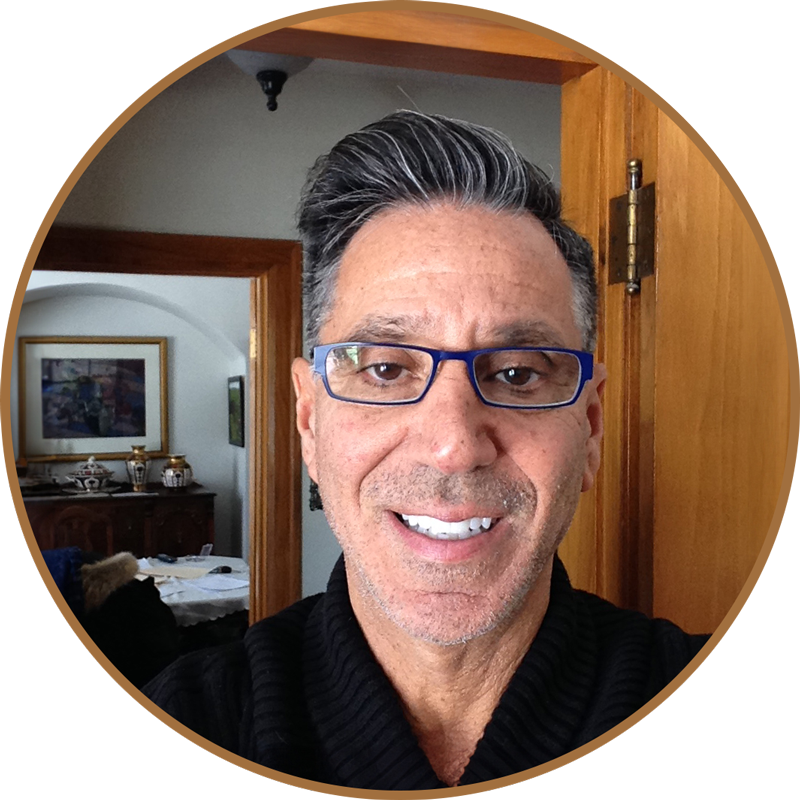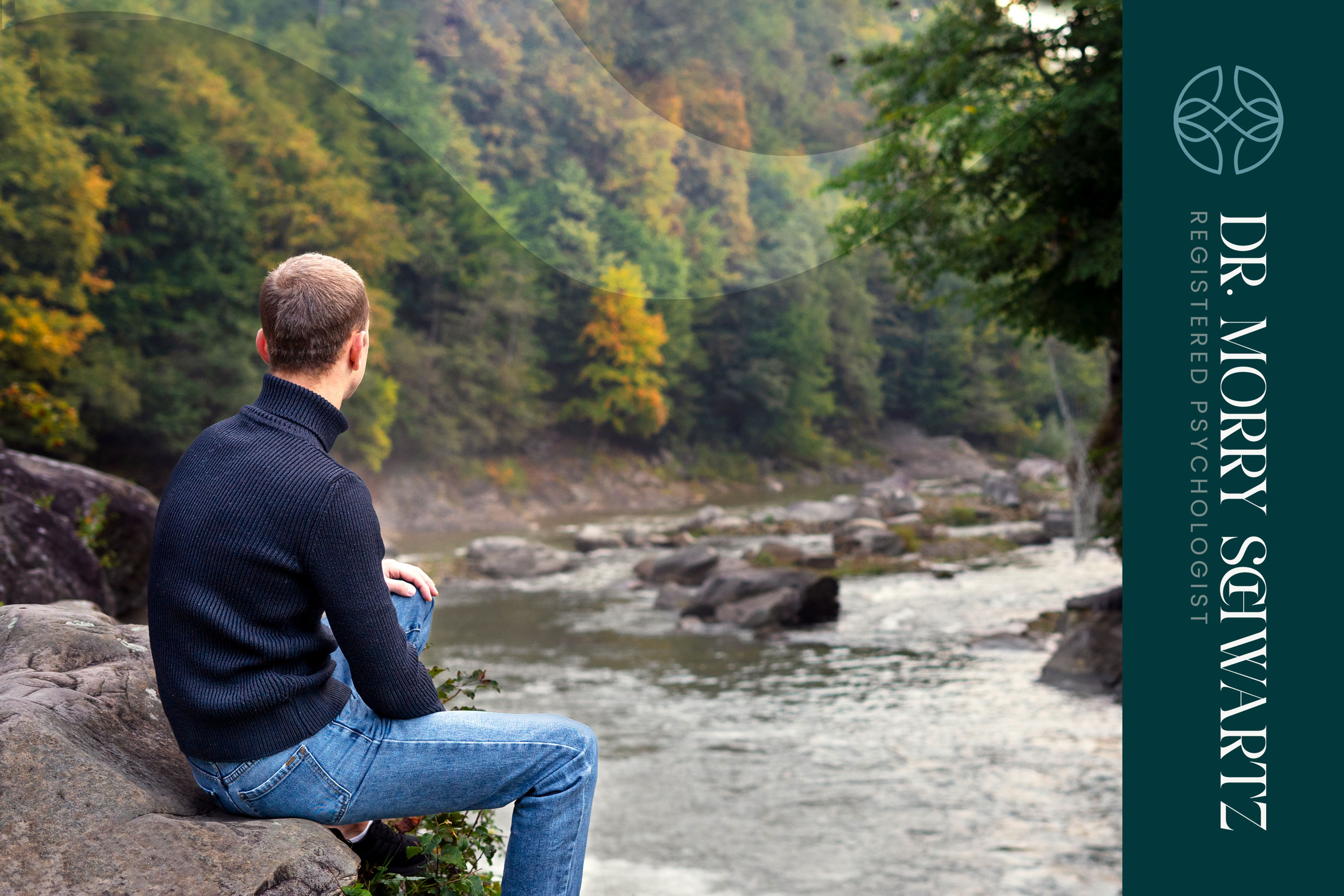Beating the End-of-Summer Blues
A Guide to Embracing the Season’s Shift
I hope everyone is enjoying their September so far! The transition from summer to the chillier days of fall can be a hard one for a lot of us. It seems like no matter how old we get, no one is immune to the familiar feelings of nervousness that we once felt as kids on the days before school started. As we transition out of care-free summer days, we move into shorter days with a lot less sunlight, which may cause a noticeable shift in our mood. I like to call it the “end-of-summer blues”. It can also be particularly tough to manage end-of-summer blues here in Canada where the winter can be a little brutal!
We may find ourselves more irritable, tired, and feeling more insular in these next few months. For some of us, however, this transition can trigger states of more significant depression, known as Seasonal Affective Disorder (SAD), a disorder related to the changes in seasons. In this blog, we’ll explore effective ways to manage end-of-summer blues and I’ll provide insight into how to manage SAD.
Establish a Routine
Many of us are transitioning from a more relaxed summer schedule to a much more structured routine. This transition can feel pretty jarring, and it’s important to acknowledge that it may take time to adjust. Routines can be helpful, however, as they provide us with a sense of stability and control, in particular during times of great change. When establishing a routine for fall, be sure to incorporate sufficient sleep and activities that support your well-being.
Connection, Connection, Connection
As mentioned, we may feel more insular during the Fall/Winter months. And it certainly doesn’t help that the weather may make connections less accessible. Summer days filled with spontaneous nature walks or park visits surrounded by others feel less attainable. Try to plan regular catch-ups or social events that bring you joy and connection, regardless of the weather. Even just spending an hour or two reading at a coffee shop, surrounded by strangers, can trigger feelings of connection and community.
Light therapy
For individuals with SAD, light therapy can be extremely beneficial. Our body’s internal clock becomes dysregulated in the fall and winter due to the lack of sunlight. Investing in a light therapy box specifically designed to regulate our internal clock can significantly improve our mood. A good rule of thumb is to aim for about 15-20 minutes of light therapy each morning, but always be sure to consult with your healthcare professional to determine the right duration for you.
Mindset Shifts
How we perceive transitions can significantly impact how we feel about them. As difficult as the end of summer may be, it can also be an opportunity for renewal. Consider the next few months as an opportunity to enhance self-care and reflection on growth that has occurred in the last few months of summer.
By acknowledging our feelings around the transition from summer to fall, employing strategies to manage this transition and being kind to ourselves throughout it all, we’re allowing ourselves the self-compassion to feel a little bit more in control during an already difficult time. There is no shame in needing added support throughout it all, and therapy can be an excellent way to cope during times of transition.





